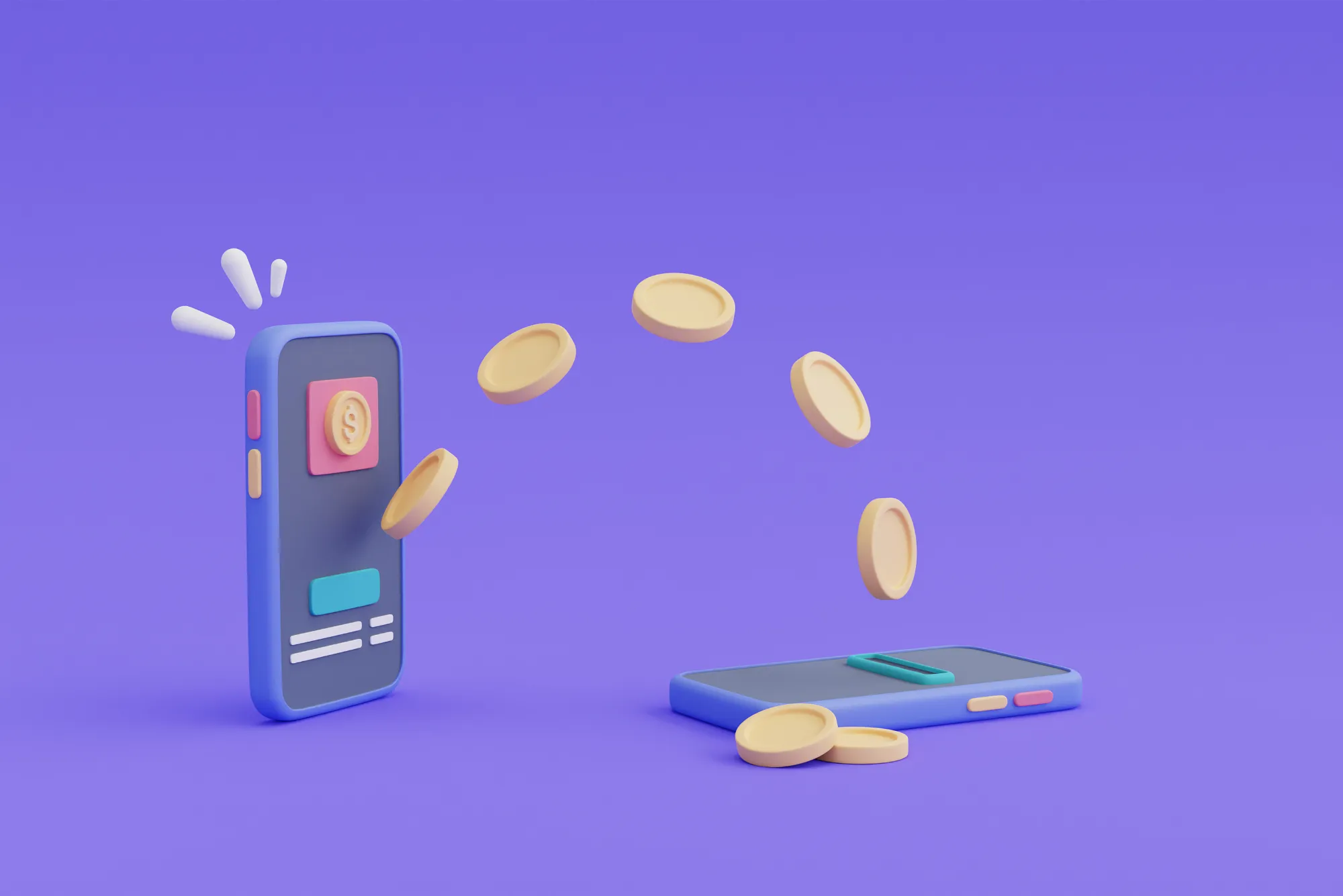The vibrant and fast-growing tech scene in Dubai has made it a hub for innovation, particularly in mobile app development. With Android being the dominant mobile operating system globally, Android Application Development in Dubai has seen significant growth. In this competitive market, the importance of a well-designed User Interface (UI) and User Experience (UX) cannot be overstated. This article explores the best practices for UI/UX design in Android apps developed in Dubai.
Understanding the Dubai Market
Before diving into the best practices, it’s essential to understand the unique aspects of the Dubai market:
Diverse User Base: Dubai is a melting pot of cultures, with a significant expatriate population. This diversity requires designing apps that cater to a wide range of user preferences and languages.
High Expectations: Dubai’s consumers are tech-savvy and have high expectations for app performance and aesthetics. An app with poor UI/UX can quickly lose users.
Focus on Innovation: Dubai is known for its innovation-driven economy. Android apps developed here should reflect cutting-edge design and technology trends.
Prioritize User-Centric Design
The foundation of a successful Android app lies in understanding the end-users. User-centric design involves creating interfaces that are intuitive and meet the needs of the users.
User Research and Personas
Conducting thorough user research helps in understanding the target audience’s behavior, preferences, and pain points. Creating user personas based on this research allows designers to empathize with the users and design interfaces that cater to their needs.
Localization
Given the diverse demographic in Dubai, it’s crucial to design with localization in mind. This includes supporting multiple languages, considering cultural nuances, and ensuring that the app’s design and content resonate with different user groups.
Adhere to Android Design Guidelines
Google’s Material Design guidelines are a set of best practices and standards that ensure consistency and quality in Android apps.
Material Design Principles
Incorporate Material Design principles such as consistency, responsive animations, and meaningful transitions. These elements contribute to a seamless user experience and help users navigate the app effortlessly.
Adaptive Layouts
With the wide range of Android devices available in Dubai, it’s important to design adaptive layouts that perform well on different screen sizes and resolutions. This ensures that the app looks and functions optimally across all devices.
Focus on Performance Optimization
A well-designed app is not just visually appealing but also performs efficiently.
Fast Load Times
Dubai users expect apps to load quickly. Slow-loading apps can lead to high bounce rates. Optimize the app’s performance by reducing unnecessary elements, optimizing images, and employing efficient coding practices.
Smooth Navigation
Ensure that the app’s navigation is smooth and intuitive. Users should be able to access different sections of the app with minimal effort. This includes implementing simple menus, clear call-to-action buttons, and easy-to-follow navigation paths.
Embrace Minimalism
Dubai’s tech-savvy users appreciate clean and clutter-free designs. Minimalism not only enhances the visual appeal of the app but also improves its usability.
Simplified Interface
A simplified interface with minimal distractions allows users to focus on the app’s core functionalities. Use ample white space, limit the number of elements on each screen, and keep the design consistent throughout the app.
Intuitive Icons and Typography
Choose icons and typography that are easy to understand and align with the overall theme of the app. Avoid using complex or overly stylized fonts and icons that may confuse users.
Incorporate Local Aesthetics
While adhering to global design standards is important, incorporating local aesthetics can help your app resonate more with Dubai’s users.
Cultural Relevance
Incorporate design elements that reflect Dubai’s rich culture and heritage. This could include using colors, patterns, or images that are culturally significant. However, ensure that these elements are subtle and do not overwhelm the user experience.
Luxury Appeal
Dubai is synonymous with luxury, and this can be reflected in the app’s design. Use high-quality images, elegant fonts, and sophisticated color schemes to create an upscale look and feel.
Conduct Regular Usability Testing
Usability testing is a crucial step in the design process that helps identify potential issues before the app is launched.
A/B Testing
Conduct A/B testing to compare different design elements and determine which version resonates better with users. This data-driven approach ensures that the final design is optimized for user satisfaction.
User Feedback
Regularly gather feedback from users and incorporate their suggestions into the design. This continuous improvement process helps in keeping the app relevant and user-friendly.
Ensure Accessibility
Accessibility is an important consideration in UI/UX design, especially in a diverse market like Dubai.
Support for All Users
Design the app in a way that it is accessible to all users, including those with disabilities. This includes providing text alternatives for images, ensuring color contrast, and enabling screen reader compatibility.
Scalability
As Dubai’s population continues to grow and evolve, your app should be scalable to accommodate future changes in the user base and technology.
In the competitive market of Android Application Development in Dubai, creating a well-designed app with a strong focus on UI/UX is crucial. By prioritizing user-centric design, adhering to Android design guidelines, optimizing performance, embracing minimalism, incorporating local aesthetics, conducting usability testing, and ensuring accessibility, developers can create apps that not only meet but exceed user expectations. Following these best practices will help your Android app stand out in the dynamic and demanding Dubai market.




